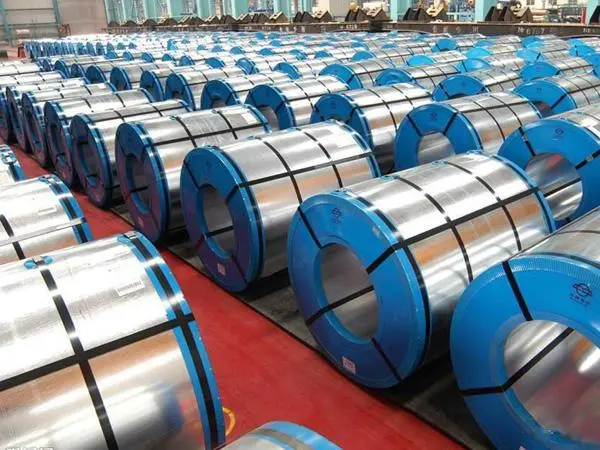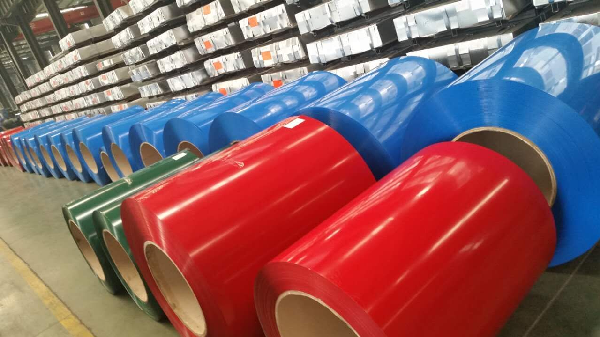To fully utilize a product, one must first have a good understanding of it, and color coated rolls are no exception. Next, let’s introduce ourselves to the color coated rolls.
Firstly, we need to know what color coated board is?

The color coated steel strip using hot-dip galvanized steel strip as the substrate not only has a zinc layer for protection, but also has an organic coating on the zinc layer for coverage and protection, preventing the steel strip from rusting. Its service life is about 1.5 times longer than that of galvanized steel strip. Secondly, we need to first understand the purposes of colored coated rolls? Color coated rolls are lightweight, aesthetically pleasing, and have good corrosion resistance. They can also be directly processed and are generally available in shades of gray white, sea blue, and brick red. They are mainly used in the advertising, construction, home appliance, furniture, and transportation industries.
The coating used for color coated rolls should choose suitable resins according to different usage environments, such as polyester silicon modified polyester, polyvinyl chloride plastic sol, polyvinylidene chloride, etc. Users can choose according to their intended use. Next, you need to know the coating structure:
V coating structure type
2/1: Apply twice on the upper surface, once on the lower surface, and bake twice.
2/1M: Apply twice on the upper and lower surfaces, and bake once.
2/2: Apply twice on the upper and lower surfaces, and bake twice.
The use of different coating structures:
2/1: The corrosion resistance and scratch resistance of single-layer back paint are poor, but it has good adhesion and is mainly used in sandwich panels;
2/1M: The back paint has good corrosion resistance, scratch resistance, and processing formability, with good adhesion, suitable for single-layer profiled panels and sandwich panels.
2/2: The double-layer back paint has good corrosion resistance, scratch resistance, and processing formability, and is mostly used for single-layer profiled panels. However, its adhesion is poor and it is not suitable for sandwich panels.

What are the classifications of color coated substrates?
Hot dip galvanized substrate
The product obtained by applying organic coating on hot-dip galvanized steel sheet is hot-dip galvanized color coated sheet. Hot dip galvanized color coated sheet not only has the protective effect of zinc, but the organic coating on the surface also plays a role in insulation protection and rust prevention, with a longer service life than hot-dip galvanized sheet. The zinc content of hot-dip galvanized substrates is generally 180g/m2 (double-sided), and the high zinc content of hot-dip galvanized substrates for external use in buildings is 275g/m2.
Hot dip aluminum zinc substrate
Hot dip aluminum zinc steel plate (55% Al Zn) is used as the newly coated substrate, usually with an aluminum zinc content of 150g/㎡ (double-sided). The resistance of hot-dip aluminum zinc sheet is 2-5 times that of hot-dip galvanized sheet. Continuous or intermittent use at temperatures up to 490 ℃ will not result in severe oxidation or the formation of oxide scales. The ability to reflect heat and light is twice that of hot-dip galvanized steel plate, and a reflectivity greater than 0.75 is an ideal building material for energy savings.
Electroplated galvanized substrate
The product obtained by using electroplated galvanized sheet as the substrate and baking it with organic coating is electroplated galvanized color coated sheet. Due to the thin zinc layer of electroplated galvanized sheet, the zinc content is usually 20/20g/m2, so this product is not suitable for outdoor use in making walls, roofs, etc. But due to its beautiful appearance and processing performance, it can mainly be used for household appliances, audio systems, steel furniture, indoor decoration, etc. Upon hearing this, do you have any knowledge about color coated rolls? If you are interested, come and consult us!
Post time: Jul-19-2024

